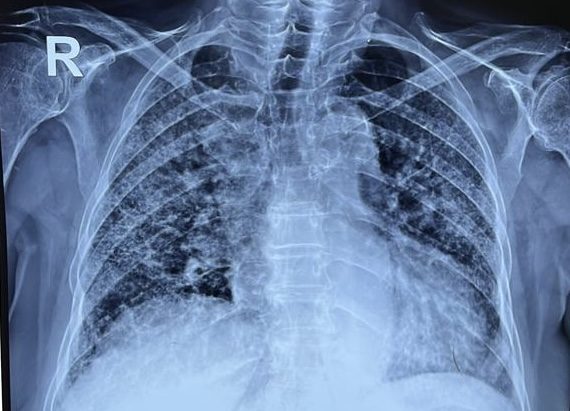Background and Purpose:
Pulmonary issues are common yet often overlooked in people with rheumatic diseases like rheumatoid arthritis (RA), psoriatic arthritis (PsA), and peripheral spondyloarthritis (pSpA). These lung problems can lead to severe health consequences if not properly managed. This study aimed to explore how common these lung issues are in newly diagnosed patients with RA, PsA, and pSpA. The goal was to use the findings to improve screening processes for early detection of lung problems in these patients.
Methods:
The study followed a group of patients over time. It included 54 patients (26 with RA, 24 with PsA, and 4 with pSpA) and 26 healthy individuals of similar age and gender for comparison. Each patient underwent several tests at the start of the study and at four additional times, spaced three months apart. These tests included:
• A questionnaire about their medical history
• Physical examination
• Lung function tests (body plethysmography and diffusion capacity for carbon monoxide)
• A 6-minute walk test
• Blood tests
• Chest X-rays
Results:
Out of the 54 patients, 19 (38%) showed lung issues on their chest X-rays. Among these 19 patients, 36.8% had symptoms like cough or shortness of breath, while 63.2% had no noticeable symptoms. Significant findings included:
• Elevated rheumatoid factor (a type of antibody) was linked to lung issues and RA.
• Patients with lung problems were generally older (average age of 57) compared to those without lung issues (average age of 44).
• Higher disease activity in arthritis (measured by DAS28CRP score) was associated with lung abnormalities on chest X-rays.
• Lower disease activity or remission often meant normal chest X-rays.
Conclusion:
More than one-third of the patients had lung problems, with most being asymptomatic. This underscores the importance of screening for lung issues right at the initial diagnosis of arthritis. By focusing on older patients, especially those with higher rheumatoid factor levels, doctors can better manage and reduce the risk of severe lung complications, improving patient outcomes.

